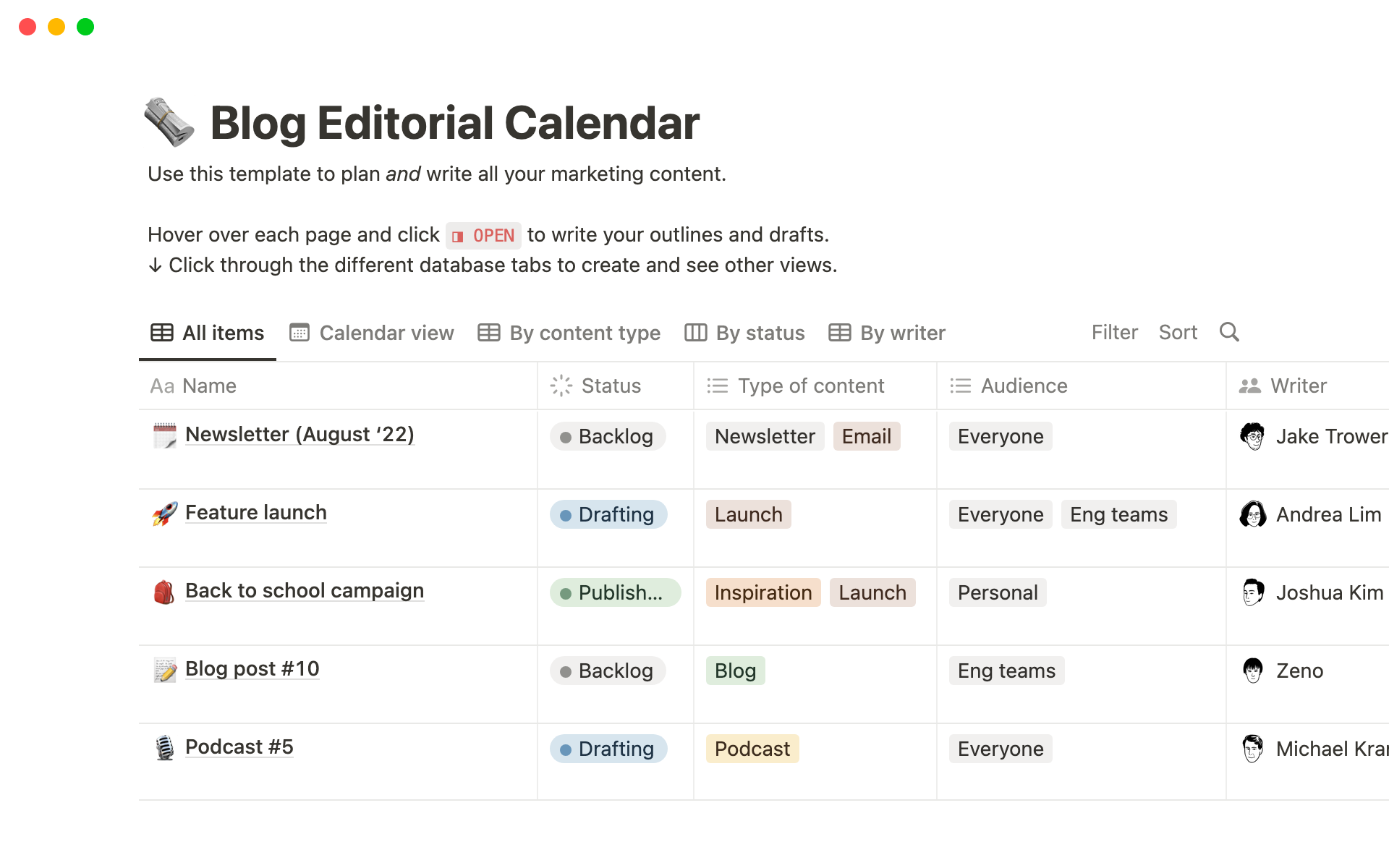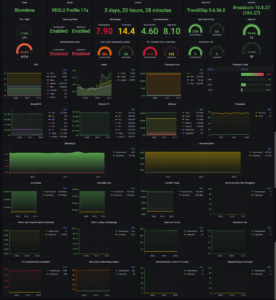Are you struggling to keep your blog organized and consistent? You’re not alone. Many bloggers find it challenging to plan content effectively, leading to missed opportunities and uninspired posts. But what if there was a way to streamline your blogging process and ensure that you’re always one step ahead? Enter the sample blog editorial calendar—a powerful tool that can transform your content creation strategy.
Imagine having a clear roadmap for your topics, deadlines, and promotional efforts all laid out in front of you. No more scrambling at the last minute or wondering what to write next! With a well-structured editorial calendar, you’ll not only enhance your productivity but also boost engagement with your audience. Ready to take control of your blogging journey? Let’s dive into everything you need to know about crafting an effective blog editorial calendar!
What is a blog editorial calendar?
A blog editorial calendar is a strategic tool that helps bloggers plan and organize their content. It serves as a visual guide, laying out topics, publication dates, and promotional activities.
Think of it as your blogging blueprint. Instead of flying by the seat of your pants each week, you have a clear outline to follow. This structure not only fosters creativity but also encourages consistency in posting.
Editorial calendars can take various forms—simple spreadsheets or more complex project management tools. Regardless of the format, they provide an overview of what’s coming up on your blog.
By mapping out content ahead of time, you can ensure balance in themes and cater to seasonal trends or events relevant to your niche. It makes collaboration with team members easier too; everyone stays on the same page about upcoming projects and deadlines.
The benefits of using a blog editorial calendar
Using a blog editorial calendar streamlines your content creation process. It helps you map out topics in advance, reducing last-minute stress.
With a structured plan, you can maintain consistency in posting frequency. This keeps your audience engaged and looking forward to new content.
An editorial calendar also allows for strategic planning around seasonal trends or important events. You can align your posts with holidays or industry happenings that resonate with your readers.
Tracking themes over time becomes easier too. You’ll spot gaps in content coverage and identify opportunities to diversify your topics.
Collaboration is simplified as well. If you work with a team, an editorial calendar serves as a central hub for everyone involved, ensuring all contributors are on the same page regarding deadlines and responsibilities.
How to create a successful blog editorial calendar
Creating a successful blog editorial calendar begins with brainstorming content ideas. Gather your team or sit down alone to jot down topics relevant to your audience and industry trends.
Next, decide on posting frequency. Whether it’s weekly or bi-weekly, consistency is key to keeping readers engaged. Make sure you allocate time for research and writing.
Select an easy-to-use format for your calendar. This could be a digital tool like Google Sheets or a project management platform that suits your workflow.
Be flexible in scheduling content around holidays, events, or seasonal themes. This keeps your posts timely and relatable.
Regularly revisit and adjust the calendar as needed. Monitor which topics perform well so you can refine future content planning effectively.
Sample templates for monthly and weekly calendars
When it comes to planning your content, a sample blog editorial calendar can be a game changer. Monthly and weekly templates help visualize your strategy at varying levels of detail.
For the monthly calendar, set broad themes for each week. This gives you room to explore different angles while staying on topic. Remember to schedule important dates like holidays or events that may inspire specific posts.
Weekly calendars dive deeper into daily tasks. Break down your monthly goals into manageable chunks. Assign specific topics or keywords for each day, ensuring consistency in tone and style across all posts.
Don’t forget about color-coding! It adds clarity and makes tracking easier at a glance. You might designate one color for completed posts and another for ideas still in development.
With these templates, you’ll streamline your process while sparking creativity as new ideas flow effortlessly within the structured format.
Tips for staying organized and on track with your content
Staying organized with your content is essential for consistency and quality. Start by breaking down larger tasks into smaller, manageable steps. This makes it easier to stay focused and less overwhelming.
Use digital tools like Trello or Asana to track your progress. These platforms allow you to visualize your workflow and keep everything in one place.
Set aside specific times each week dedicated solely to content creation. Block these moments on your calendar, treating them as non-negotiable appointments.
Also, create a backup plan for when inspiration runs dry. Have a list of topic ideas ready so you can pivot quickly if needed.
Regularly review your editorial calendar. Adjust deadlines and priorities based on what’s working well or not at all. Adaptability can lead to creative breakthroughs that keep your blog fresh and engaging.
Using analytics and feedback to improve your editorial calendar
Using analytics is a game-changer for refining your blog editorial calendar. By diving into data, you can discover which topics resonate most with your audience. Are certain posts driving more traffic or engagement? That insight helps inform future content.
Feedback from readers also plays a crucial role. Encourage comments and questions on your blog posts to gain perspective on what they want to see next. This two-way communication fosters community while guiding your editorial decisions.
Regularly reviewing both metrics and reader input allows you to adapt quickly. If something isn’t working, don’t be afraid to pivot. Your audience’s interests may change over time, and staying attuned will keep your content fresh and relevant.
Use tools like Google Analytics or social media insights for real-time feedback. These resources empower you to make informed choices that enhance the effectiveness of your calendar.
Conclusion: Start planning your blog content now for a successful year ahead!
Planning your blog content is essential for success. A well-structured sample blog editorial calendar can streamline your efforts, boost creativity, and keep you focused. By taking the time to create a personalized calendar, you set yourself up for consistent posting and greater engagement with your audience.
Start by assessing what works best for you—whether that’s a monthly overview or weekly breakdowns. Use templates to stay organized and incorporate analytics to refine your strategy over time. Remember that flexibility is key; adapt as needed based on performance metrics and reader feedback.
With this proactive approach, you’re more likely to achieve your blogging goals in the upcoming year. So grab a pen or open that digital document—it’s time to map out an exciting journey of content creation!




